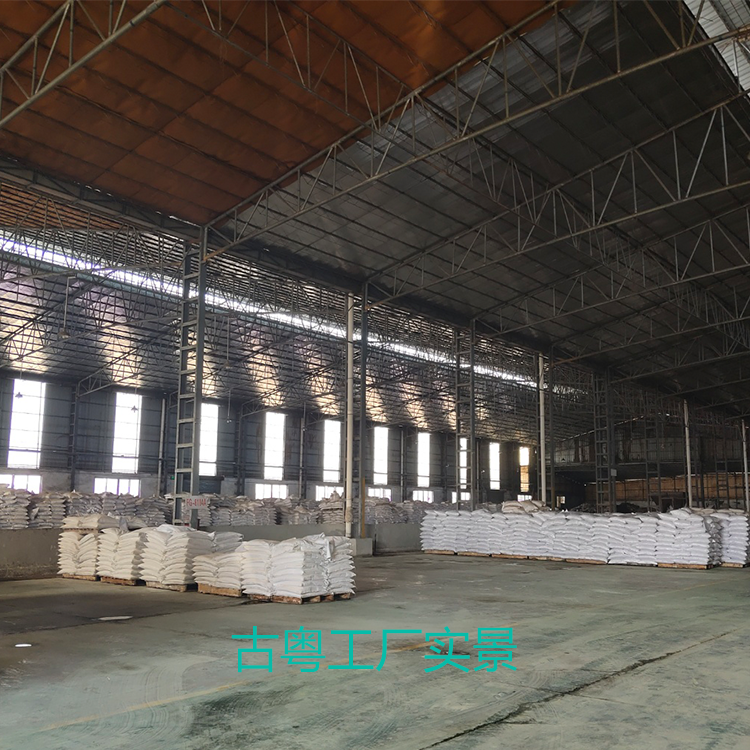What should I do if the mud is thixotropic? Ancient Cantonese Weapon
According to Foshan Goway’s 11-year experience in producing ceramic debonding agents, and visiting a large number of customer ceramic factories for debugging, it can be seen that in the production of ceramic factories, whether it is a mud with a good degree of dissolution or a mud with a poor degree of dissolution, how much There is the problem of thixotropy.
Of course, the smaller the thixotropy of the mud used in the production of building ceramic tiles, the better, because the mud thixotropy is too large, which will lead to difficulties in discharging and mud transportation; secondly, the mud thixotropy becomes larger and the mud flow rate changes greatly, which is not conducive to production control.
This article mainly analyzes the influencing factors of the thixotropy of ceramic tile body mud and provides some methods to improve the thixotropy of ceramic tile body mud.
 Definition of thixotropy
Definition of thixotropy
When the clay mud or plastic mud mass is vibrated or stirred, the viscosity will decrease and the fluidity will increase, and it will gradually return to its original state after being stationary.
 Reasons for thixotropy of mud
Reasons for thixotropy of mud
1. The influence of different debonding agents on mud thixotropy
If the mud is only added with sodium metasilicate, it can also be debonded, but the thixotropy of the mud is very large. Adding a small amount of modified humate can greatly improve the thixotropy of the mud and reduce its thixotropy; adding a small amount of Goway’s liquid degelling agent FG-D109A can also greatly improve the thixotropy of the mud, so that Its thixotropy becomes smaller; through some customer inquiries, Goway found that although the soil in the north is difficult to debond, the use of a large proportion of water glass can stabilize the mud system and reduce the thixotropy of the mud.

2. The influence of milling time on mud thixotropy
Some experimental data from Goway indicate that the longer the milling time, the smaller the mud fineness and the greater the thixotropy of the mud.
3. The influence of moisture on the thixotropy of mud
The higher the mud moisture, the smaller the thixotropy of the mud. The lower the mud moisture, the greater the thixotropy of the mud. This is because within the allowable water range of the mud, the water content is large, the mud is thin, and the force between the clay particles is small, making it difficult The card structure is formed, that is, the thixotropy is small; the water content is small, the mud is thick, and the card structure is easily formed, that is, the thixotropy is large.
 Summary of methods to improve mud thixotropy
Summary of methods to improve mud thixotropy
1. The type of degelling agent has a greater impact on the thixotropy of the mud. Small organic compounds such as modified humate, modified citrate, and modified oxalate can improve the thixotropy of the mud; use Goway’s Liquid degelling agent can effectively improve the thixotropy of mud.
2. Water glass can stabilize the mud system and improve the thixotropy of the mud.
3. The amount of debonding agent added has a greater impact on the thixotropy of the mud. Excessive debonding agent not only has an adverse effect on the flow rate, but also increases the thixotropy of the mud.
4. If the milling time is too long and the mud fineness is too small, the thixotropy of the mud will become worse.
5. Within the allowable water range of the mud, the water content is large, the mud is thin, and the thixotropy is small; the water content is small, the mud is thick, and the thixotropy is large.
Specific problems are analyzed in detail. Customers with technical difficulties are welcome to call for consultation. Goway will provide you with one-to-one services.



Keyword:
More News
Darvan 811 vs. Darvan 7: The Ultimate Selection Guide for Slip Casting
2025-12-26
The Winter Survival Guide: How to Resuscitate Frozen Deflocculants
2025-12-26
Surviving the EPK Shortage: The Ultimate Guide to Restoring Glaze Suspension
2025-12-25
Mastering Kaolin Supply Chain Instability: The Ultimate Technical Guide for Ceramics & Industry
2025-12-24
Where to Buy Kaolin Clay for Industrial Applications | Sourcing Guide for Manufacturers
2025-12-22

